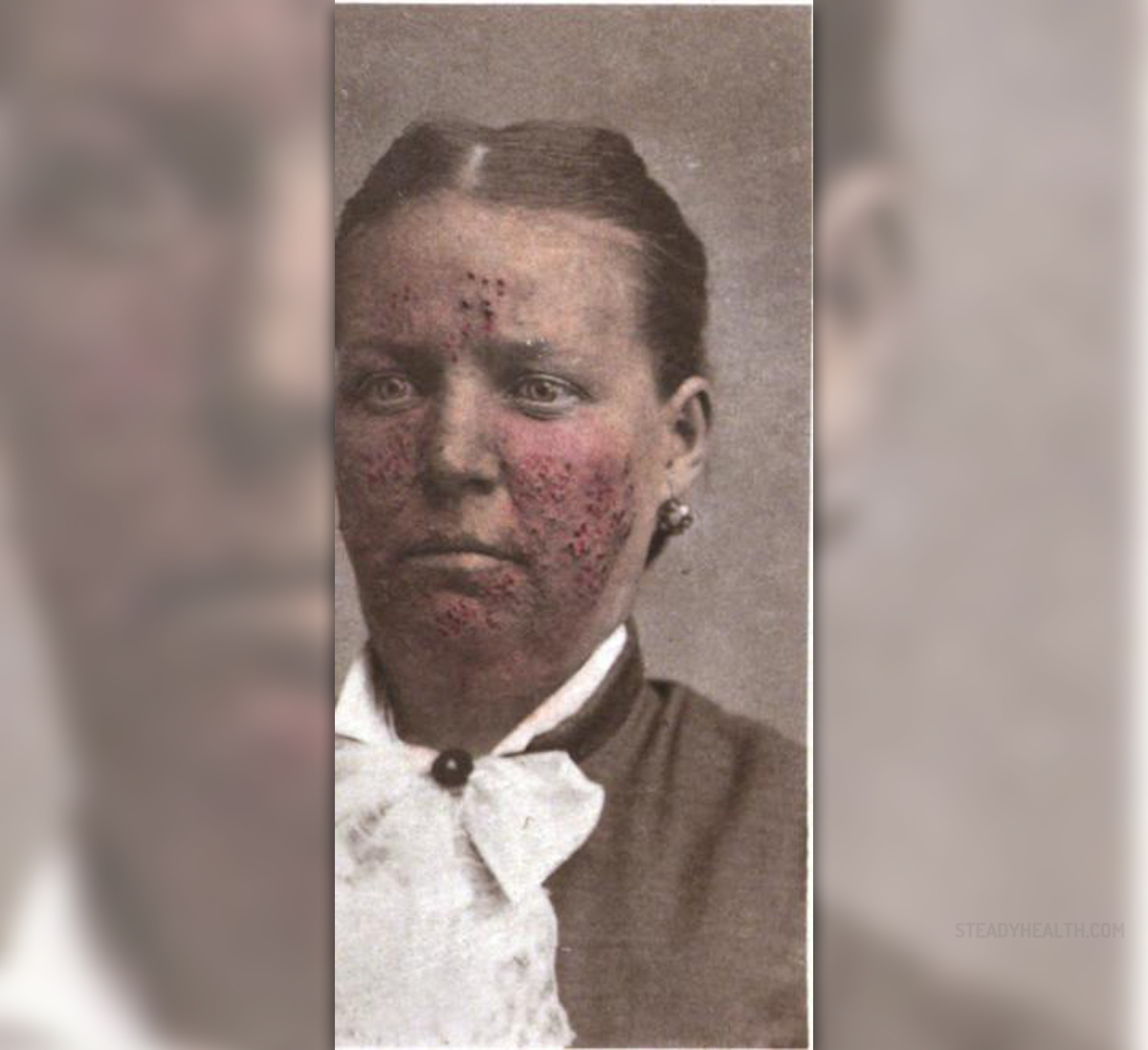
Acne rosacea is a chronic, inflammatory skin condition that causes redness in the face and produces small, red, pus-filled bumps or pustules. Rosacea is characterized by flare-ups and remissions, and it usually starts after the age of 30, typically as redness on the cheeks, nose, chin or forehead that may come and go. As the condition develops, the redness tends to become ruddier and more persistent, and visible blood vessels may appear. If the patient doesn’t get treatment on time, rosacea progresses to the stage where bumps and pimples develop and the nose grows swollen and bumpy from the skin thickening. Many patients with rosacea have problems with the eyes, feeling irritated and appearing watery or bloodshot.
Epidemiology
It is estimated that acne rosacea affects over 16 million Americans. About 78% of all American patients are actually unaware about the presence of this skin disorder. Left untreated, rosacea tends to be progressive and worsens over time causing significant psychological, social and occupational problems. Rosacea has red-faced, acne-like effects on personal appearance and it severely lowers patient's self-confidence and self-esteem. Around 40% of patients have reported that rosacea had caused them to avoid public appearance or cancel social engagements, at some point in their life. Persons with fair skin who tend to flush or blush easily are believed to be at greatest risk. The disease is more common in women but men usually have more severe symptoms.
Symptoms of acne rosacea
Symptoms of acne rosacea vary from one affected person to another. Primary signs of the condition are frequent blushing and flushing with a facial redness that comes and goes. Persistent redness is another sign and it may be similar to a blush or sunburn. Bumps and pimples, which are usually solid or puss filled, may also develop. The bumps may resemble acne but they are painless and without blackheads. Most of the people with acne rosacea have small blood vessels become visible on the skin.
Other signs and symptoms include eye irritation, burning or stinging, feeling of tightness on the face, dry appearance, raised red patches, skin thickening, swelling and skin abnormalities on the neck, chest, scalp or ears.
Treatment of acne rosacea
There is no cure for acne rosacea but effective treatment can relieve signs and symptoms. The treatment involves lifestyle moderations and prescription treatments. Doctors will usually recommend moisturizers, mild cleansers, sunscreens and other products that may help to improve health of the skin. Topical medications are sometimes applied to reduce the inflammation and redness. Surgical methods such as laser surgery and electro-surgery are used in severe cases to reduce the visibility of blood vessels and remove skin thickening.



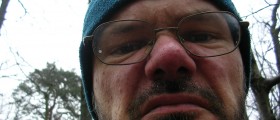
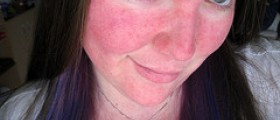
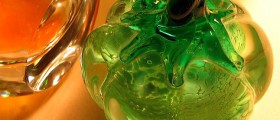
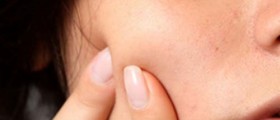
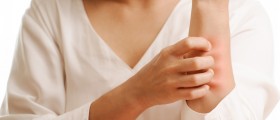
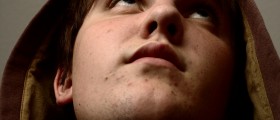
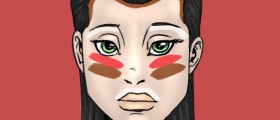
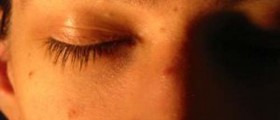
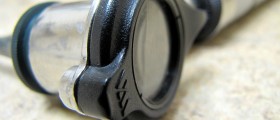
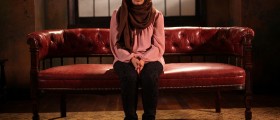
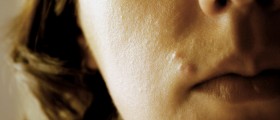
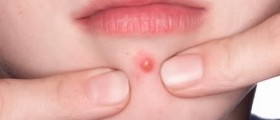


Your thoughts on this
Loading...